The mystery surrounding Puerto Rico’s post-Maria death toll, explained
We have previously covered the irregularities surrounding the death toll in Puerto Rico, citing a Vox story that claimed the actual death toll for Hurricane in Maria is actually closer to 450. Vox was among the first in the media to question the almost shockingly low official death count. In October, they tracked down every death reported and they found 81 deaths that could be traced directly to the hurricane. While only 45 of these were officially confirmed by the government, the rest were certified by public officials or funeral directors. They also found evidence that up to 69 people were still reported missing. There were another 450 deaths reported with causes unknown. So, why didn’t they make it on the official death count?
deaths confirmed by the Puerto Rico government in October
deaths reported with unknown causes
How are death tolls calculated?
There is a general problem with making death toll estimates. Usually, more than one number is produced and it varies widely. Government relief workers and NGOs usually begin by counting bodies of the dead that can be obviously traced to the disaster. (i.e. bodies found in the streets, in collapsed buildings etc, immediately following the event.) They take down information provided by local officials and make projections based on deaths in one area. It is common that the UN will overestimate the death count as they want to ensure that they can get enough aid money to help everyone, while governments will often be more conservative in their estimates. Organizations like Oxfam and the UN will also make predictions of how many more deaths are likely to follow the disaster. They do this by comparing the disaster with similar disasters and looking at how many deaths followed due to diseases spread by poor conditions. Typhoid, malaria, dengue, and cholera are examples of diseases spread easily in unsanitary conditions that commonly occur after disasters due to weak or destroyed sewers, poor water quality, poor sanitation, people living in close quarters for extended periods in shelters, etc.
Hurricane Maria hit Puerto Rico on September 20. The death toll was known to be too low from the beginning due to the fact that communication was wiped out on the islands during the storm. Officials were initially unable to confirm death tolls for hard to reach areas. Even after those areas regained communication, there were some doubts that the death tolls were accurate. Hurricane Katrina is often used as a reference point for comparing the disasters. They were both large powerful hurricanes that caused significant flooding and damage. The combined death toll for Mississippi and Louisiana was around 1,200. While that covers a much larger and more populated area than Puerto Rico, considering the official death toll in Puerto Rico for Hurricane Maria is only 54, the numbers aren’t comparable at all, especially considering that there is still a great deal of uncertainty surrounding the death tolls for Katrina. Many people believe the numbers should be much higher, but due to bureaucratic delays in getting officials to the affected area to count bodies, the death toll was consequently, much lower than it should be.
Another problem is that there is no one official way to calculate a death toll. In the case of Puerto Rico, the way the death toll is being calculated poses a significant problem to getting an accurate count. Vox reported that, according to the Press Officer for the Department of Public Safety, Karixia Ortiz, “every death must be confirmed by the Institute of Forensic Science, which means either the bodies have to be brought to San Juan to do an autopsy or a medical examiner must be dispatched to the local municipality to verify the death.” This was probably not possible for many areas of Puerto Rico that were difficult to access following the Hurricane. Destroyed and blocked roads would have made it impossible to send the body to San Juan or to dispatch an official to document the body. It’s also possible that this information was not well known by local officials either. To that end, the Mayor of San Juan Carmen Yulín Cruz has notified the press that there were 911 cremations in the month of October, which is double the usual number of cremations on the island. It is reasonable to assume that the staggering increase in cremations could be due to hurricane-related deaths, and the inability to bury bodies following the flooding plaguing the island. It is also known that, in several hospitals where patients died of suffocation after their respirators stopped functioning due to power outages, bodies were cremated before the medical examiners who determine the official death count were able to examine them.
%
increase in death rate during the first 10 days after Hurricane Maria
The Conclusion?
The obvious conclusion seems to be that the United States Government needs to work together with NGOs and aid organizations to adopt a single, scientifically backed, method of determining a death count that doesn’t count on a paltry number of officials to determine disaster-related deaths. We can see that determining an accurate count is a problem faced in several large scale disasters that have occurred in the US. In order to prevent scandals and problems in the future, the logical thing to do seems to be to finally address this problem.
For those who may think that it doesn’t matter whether or not a death is counted as directly related to a disaster or not, you should be aware that the families of those who die in a disaster are entitled to extra relief money. This can be important to families struggling financially in the wake of a disaster, who have lost everything, who are not able to work, but who must pay for funeral and burial related costs. Besides that, it is important for research and studies that will help determine how to prepare for future catastrophic events and how to minimize casualties. If you don’t accurately know how many people died from what, you cannot accurately devise a prevention strategy.
Disaster preparedness is imperative, and part of that is being able to accurately count casualties.

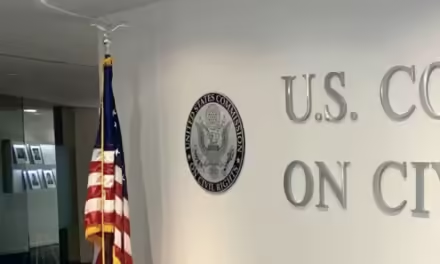
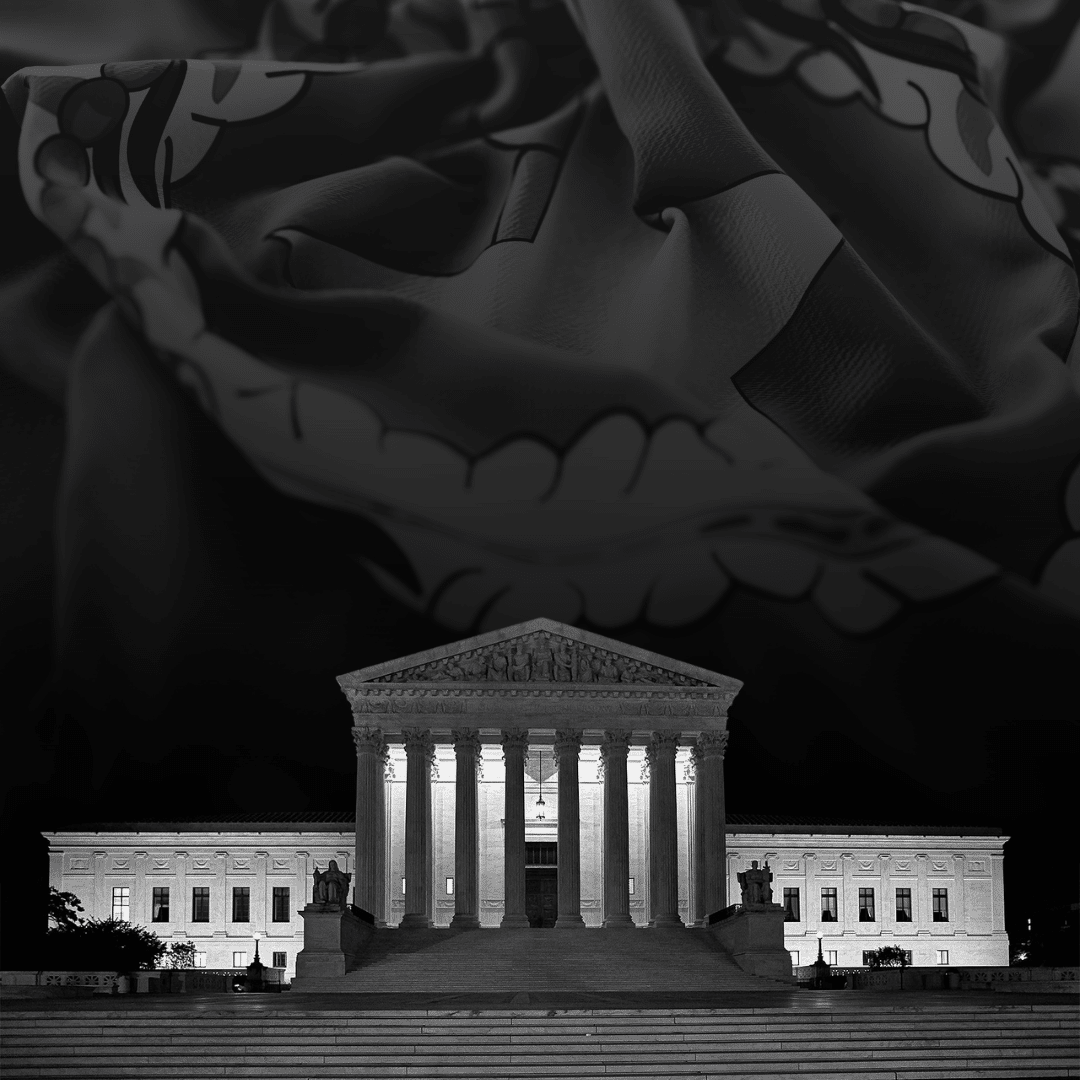

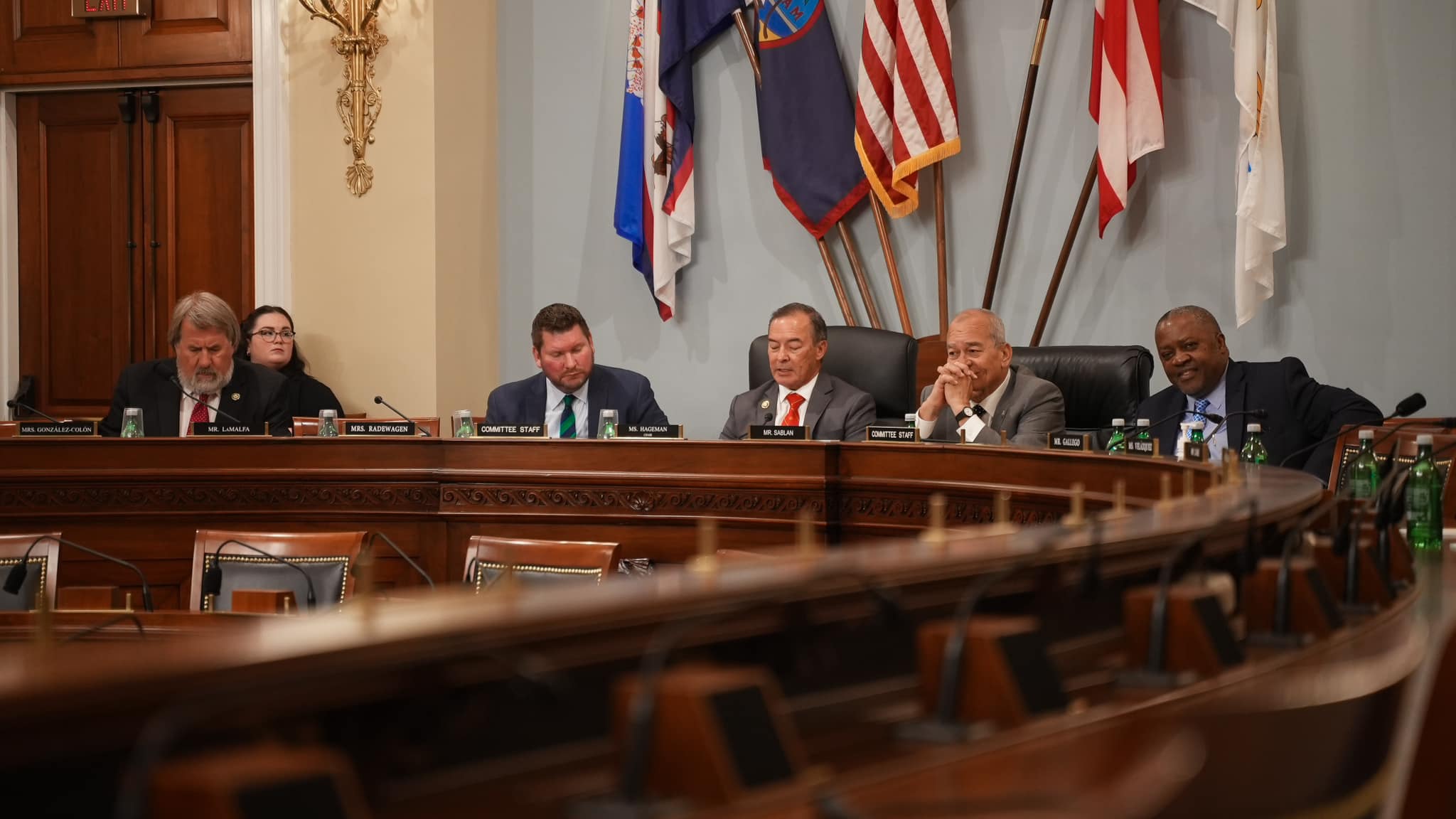




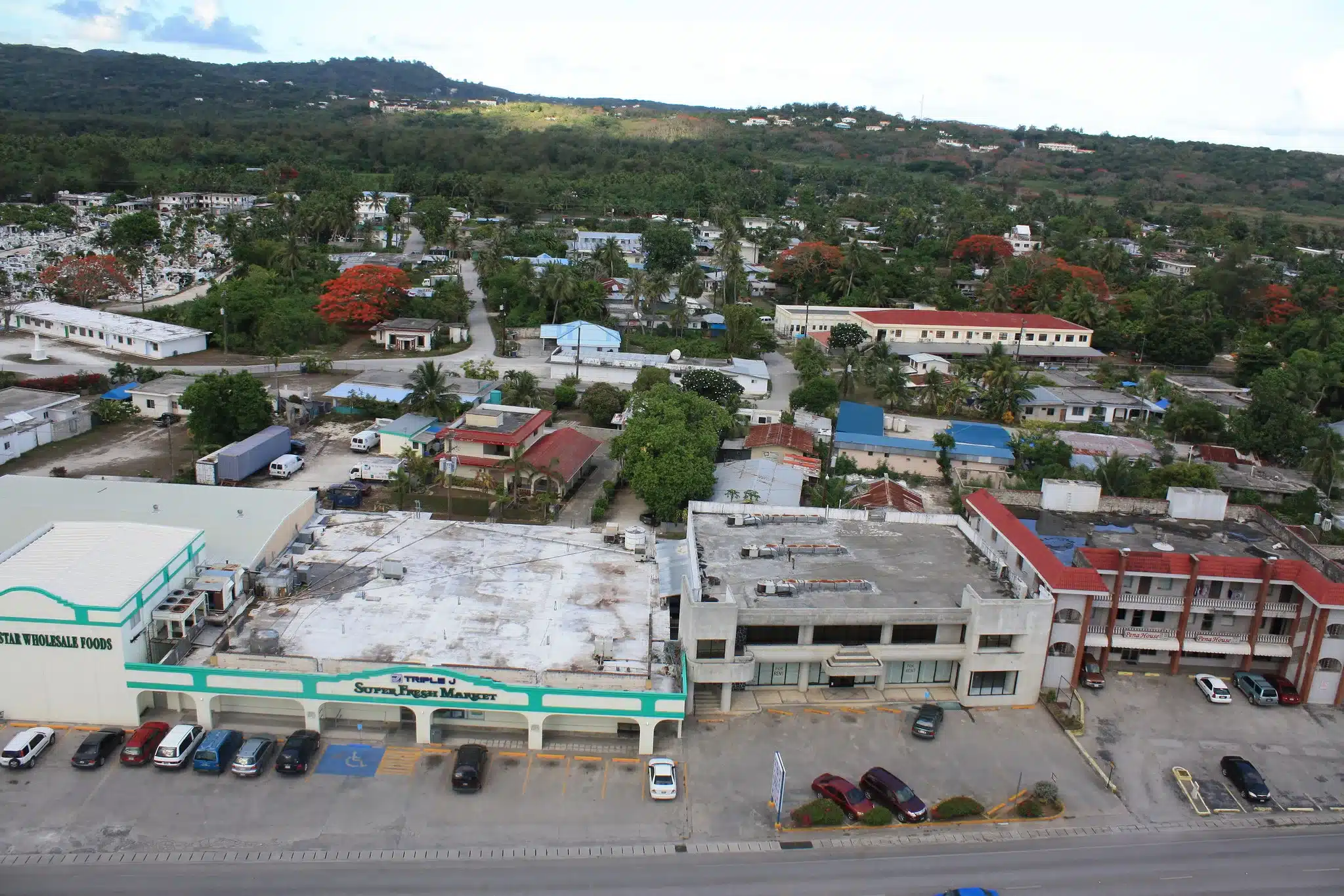
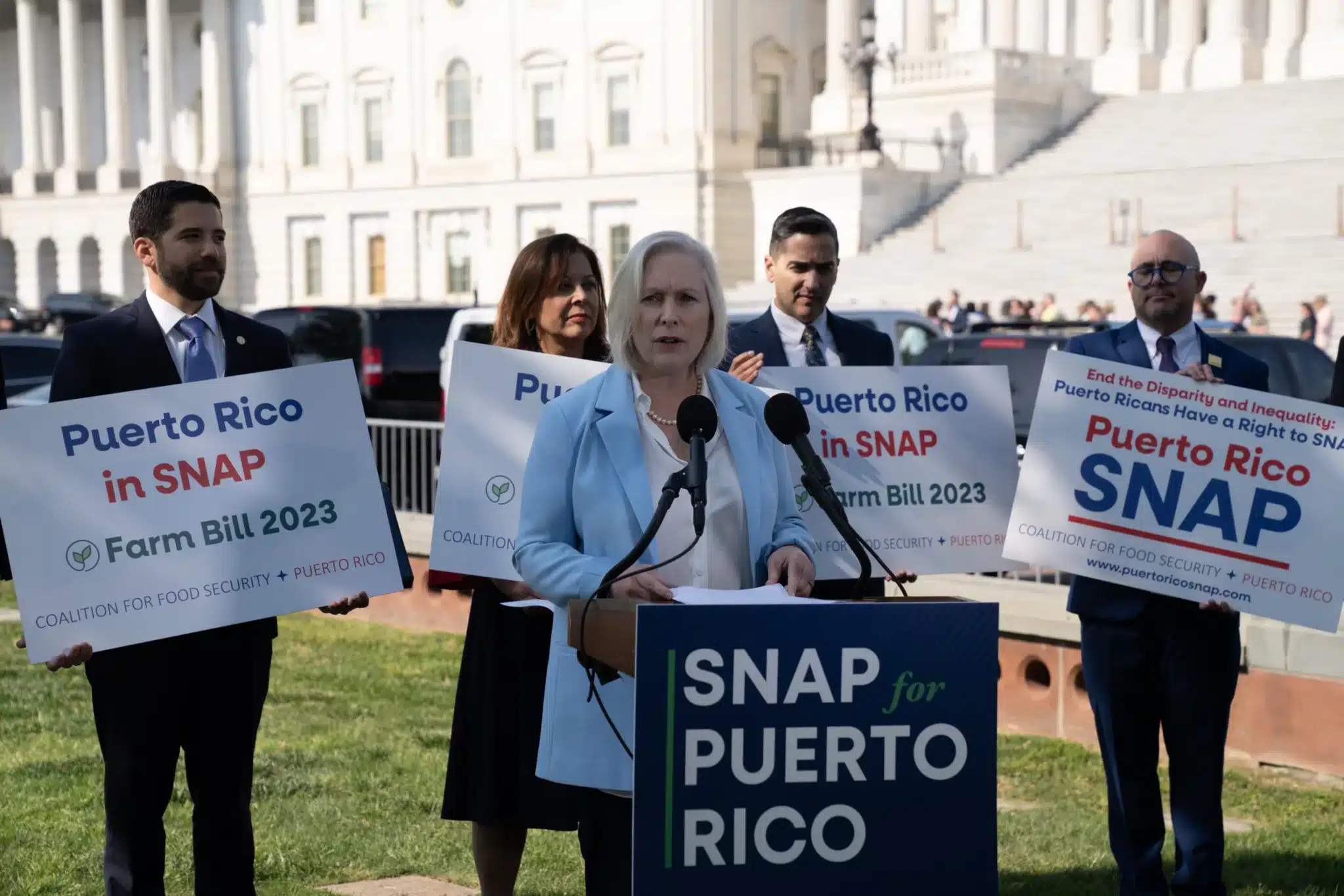

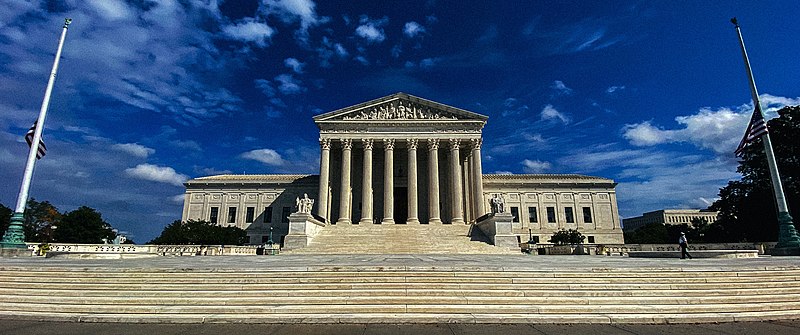

Trackbacks/Pingbacks